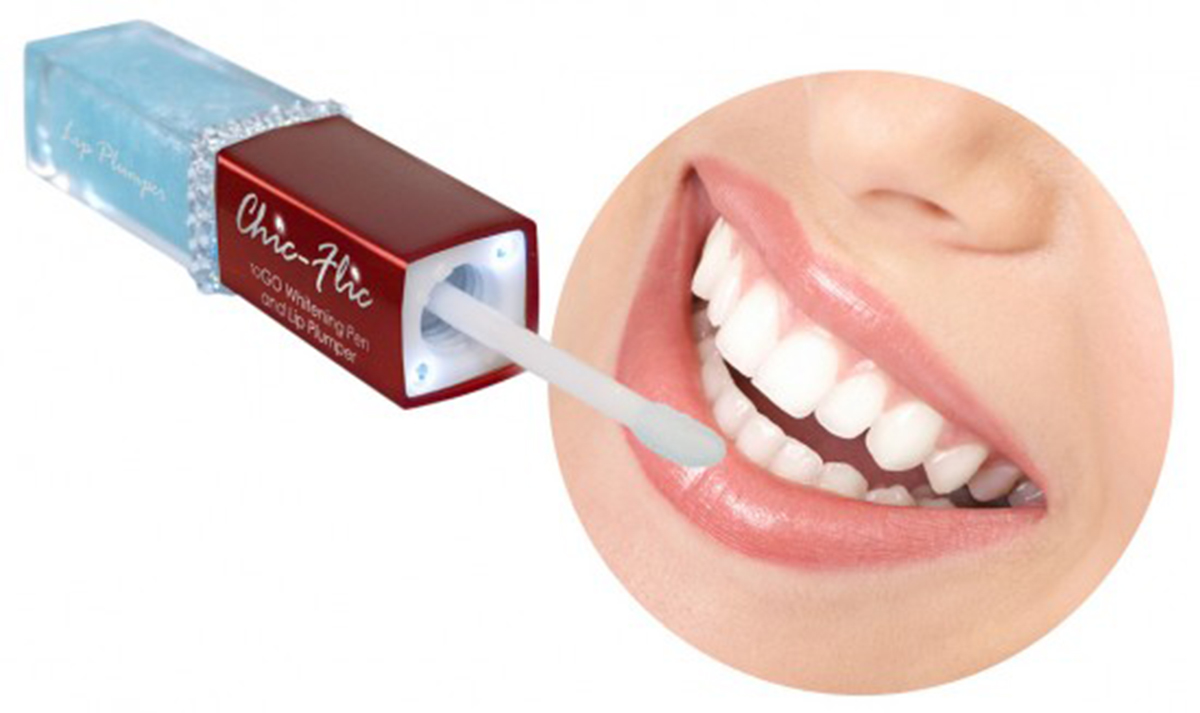Table of Contents
It is important to remember that whitening is not permanent. People who expose their teeth to foods and beverages that cause staining may see the whiteness start to fade in as little as 1 month. Those who avoid foods and beverages that stain the teeth may be able to wait for a year or longer before another whitening treatment is needed.

The degree of whiteness will vary from individual to individual depending on the:
- condition of the teeth,
- nature of the stain,
- the type of bleaching system used and
- for how long the system has been used
Who should not practice teeth whitening?
Whitening is not recommended or will be less successful in the following circumstances:
- Whitening is not recommended in children under the age of 16. This is because the pulp chamber, or nerve of the tooth, is enlarged until this age. Teeth whitening under this condition could irritate the pulp or cause it to become sensitive.
- Teeth whitening is also not recommended in pregnant or lactating women.
- Individuals with sensitive teeth and gums, receding gums and defective restorations should consult with their dentist prior to using a tooth whitening system.
- Gum disease, worn enamel, cavities, and exposed roots.
- Cavities need to be treated before undergoing any whitening procedure. This is because the whitening solutions penetrate into any existing decay and the inner areas of the tooth, which can cause sensitivity.
- Tooth-colored fillings and resin composite materials used in dental restorations do not whiten.
- Individuals who expect their teeth to be a new blinding white may be disappointed with the results. Smokers need to be aware that their results will be limited unless they refrain from continued smoking, particularly during the bleaching process.
- Yellowish teeth respond well to bleaching, brownish-colored teeth respond less well and grayish-hue or purple-stained teeth may not respond to bleaching at all.
Tips for better teeth-whitening
- Immediately before bleaching, brush your teeth with an oxygenating toothpaste combined with the finest natural polishing agents AND aloe vera to strengthen your gums & prevent any sensitivity.
- Use form-fitting mouth trays that are fitted to your specific bite. Make sure they fit snugly around each tooth, and press firmly around the sides of your teeth and gums at all points.
- Use a 21% concentrated bleaching gel based on carbamide peroxide that is formulated specifically to reduce the sensitivity to your teeth and gums. (In other words - No glycerin)
- Immediately after bleaching, enhance the effect by using an oxygenating oral rinse. Make sure not to use a mouthwash with alcohol as this can actually chemically curtail the bleaching effect.
READ Processed Sugar Is Rotting Your Teeth
Risks Associated With Teeth Whitening
The two side effects that occur most often are:
- a temporary increase in tooth sensitivity
- mild irritation of the soft tissues of the mouth, particularly the gums
The good thing about all this is that both of these conditions usually are temporary and disappear within 1 to 3 days of stopping or completing the treatment.
- www.therabreath.com
- www.webmd.com
- Photo courtesy of Whiter Image by Flickr : www.flickr.com/photos/whiterimage/5656604298/

